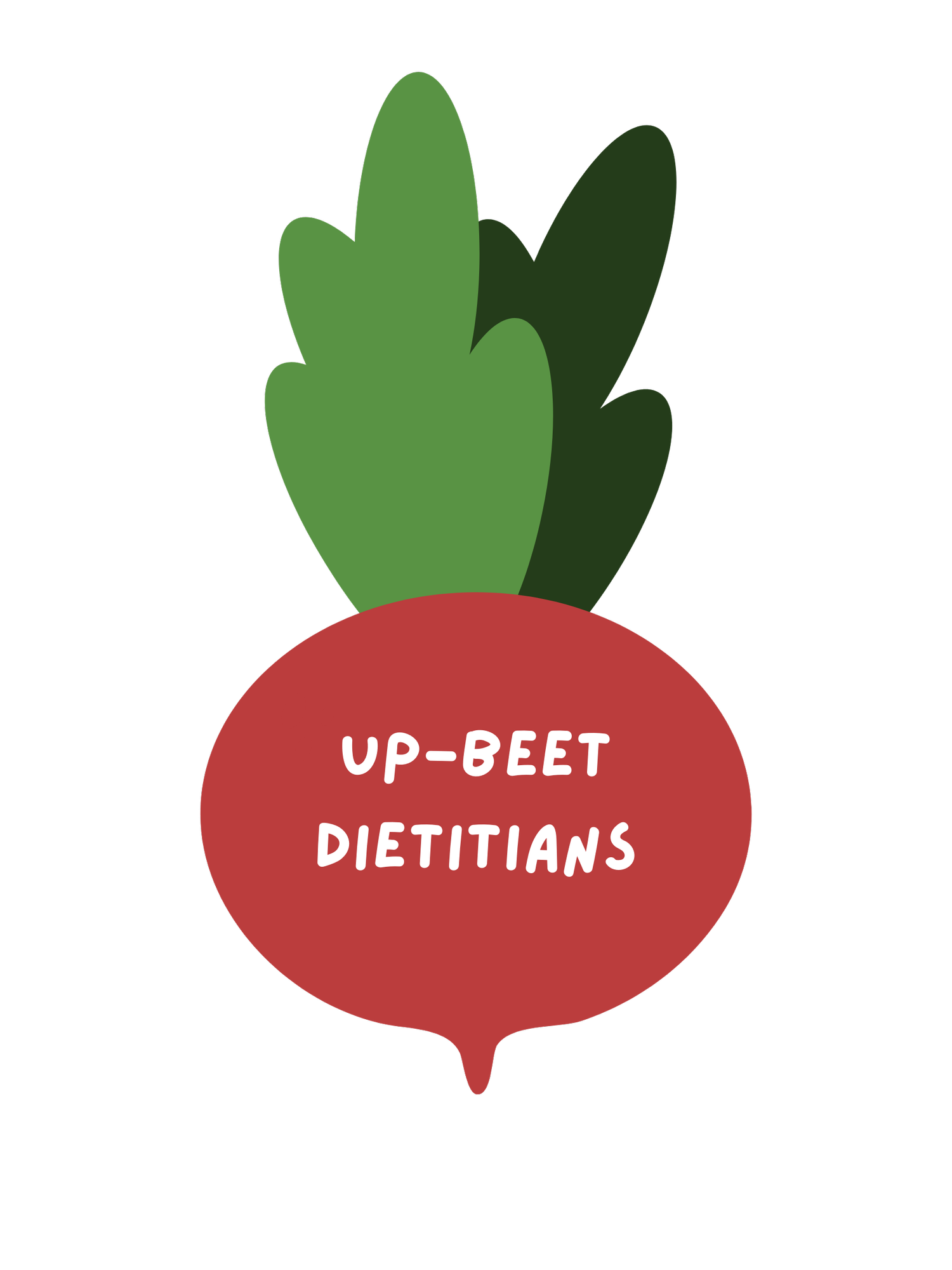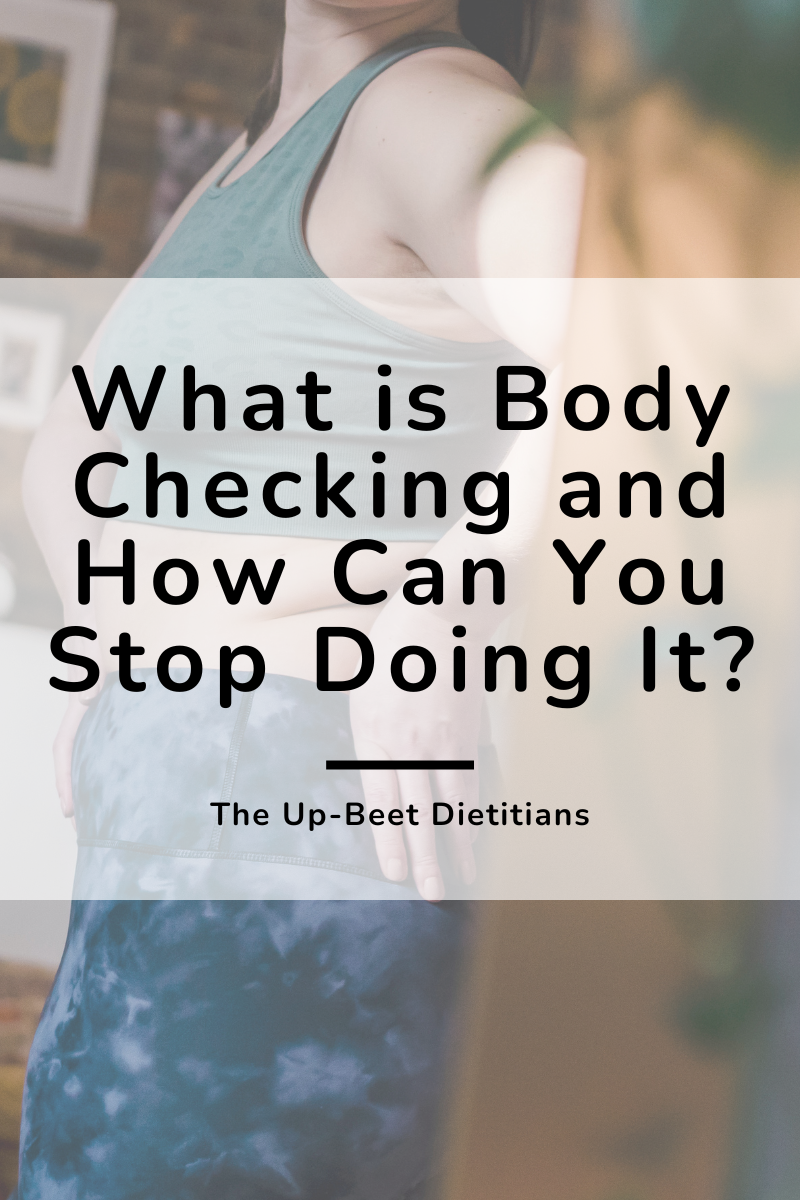How to Grocery Shop Like a Registered Dietitian
This post was written by Jessica Manginelli, dietetic intern and reviewed by Hannah Thompson, RDN, LD, CPT and Emily Krause, MS, RDN, LD
Grocery Shopping Like a Pro
The grocery store can be an intimidating place that can be full of diet culture marketing and many options and it can be a cause of stress for a lot of people. However, with a bit of planning and a strategy going in, grocery shopping can be a quick errand that you will be happy to check off your list (and you might even find that you enjoy)!
Planning Before the Shop
One of the most important steps in ensuring that grocery shopping can be as painless as possible is having a plan before going in. That might mean having all your meals planned out for the week with a detailed shopping list, or just having a general idea of things you are missing– whatever works best for you is great. Some people like the structure of a meal plan, and others enjoy the flexibility of choosing the day of. Both strategies work well, you just want to avoid going to the grocery store with no plan at all because you will most likely forget a lot of items that you need.
A good starting place, regardless of how you want to plan, is to look through your pantry, fridge, and freezer and find any items that are coming close to their expiration date. Look online or in cookbooks for different recipes using those ingredients and plan out some meals to make sure you are minimizing your food waste as much as possible.
Once you identify the foods you need to use up, look through to see if there is anything you are running low on and need backups of. Common items could be canned veggies or beans, grains, dairy, meat, or sauces.
Shopping
When your list is finished, start your grocery shopping at the produce section. Pick out a variety of seasonal fruits and vegetables to have with meals and snacks, being mindful of sales but careful not to overbuy and waste food. (Check out a previous blog post to learn more about produce storage and help make those fresh foods last as long as possible.)
After produce, go to the dairy and meat section and pick out anything you may be running low on. Bonus tip, buying foods in larger quantities (especially meat) will save you a lot of money in the long run and you can always freeze anything you won’t be using immediately.
Then, go to the grain, canned food, and frozen food aisles, restocking on the foods on your list and any other staple foods you may have forgotten to write down.
Once you have those basic foods, feel free to go through the snack, dessert, or any other favorite aisles to see if there are any fun foods you want to buy to round out your meals and snacks. Remember that all foods fit into a healthy diet, not only the foods found on the perimeter of the grocery store!
Marketing
When picking out the exact foods to purchase, try not to focus too heavily on the marketing and instead pick the foods that look the best to you and fit within your budget. A food marketed as “low sugar”, “gluten free”, or “low fat” may not be the healthiest option for you because “healthy” means something very different from person to person. If you feel confused with what foods you should be eating based on any dietary restriction or medical condition, seek out a registered dietitian who will be able to give you personalized advice.
Summary
Overall, the grocery store, while being a luxury and privilege, is also a common cause of stress or anxiety for many people. Doing an audit of your kitchen can help make sure you limit food waste and prevent overbuying, and walking into the store with a plan can make the whole process easier and more streamlined. Try not to get too wrapped up in the labels on packages and instead choose foods that you enjoy and fit your budget. Happy shopping!
Want to learn more about grocery shopping? Listen to our podcast episode on this topic!





